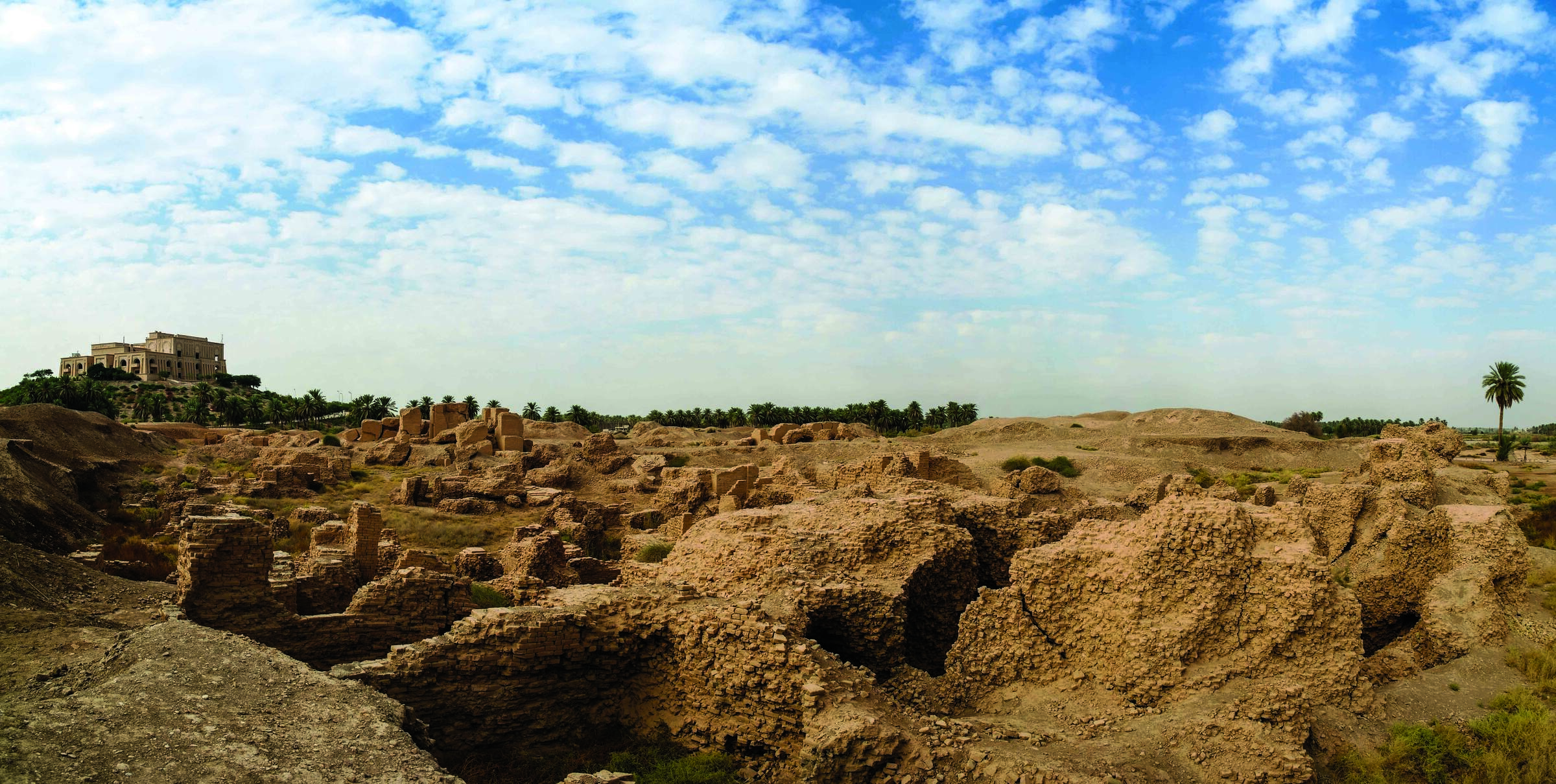
TÜBINGEN, GERMANY—According to a statement released by the Senckenberg Research Institute and Natural History Museum (S-HEP) at the University of Tübingen, a team of scientists including Shaddai Heidgen analyzed pollen, charcoal, and other materials in two sediment cores taken from southwestern Germany’s Ammer Valley for clues to the local vegetation over the past 11,500 years. The data suggests that between 10,100 and 9,800 years ago, there was plenty of moisture in the region to support grazing animals and the Mesolithic settlements uncovered nearby. The fires that occurred were likely brought about by natural causes, Heidgen explained. Then, about 9,500 years ago, the levels of pollen and charcoal in the sediment cores indicate that fires became more frequent, but were less intense. Mesolithic hunter-gatherers may have set the fires to clear the increasing numbers of deciduous trees. Read the original scholarly article about this research in the Journal of Quaternary Science. To read about excavations of a 4,000-year-old ringed sanctuary in central Germany, go to "Letter from Woodhenge: Stonehenge's Continental Cousin."










